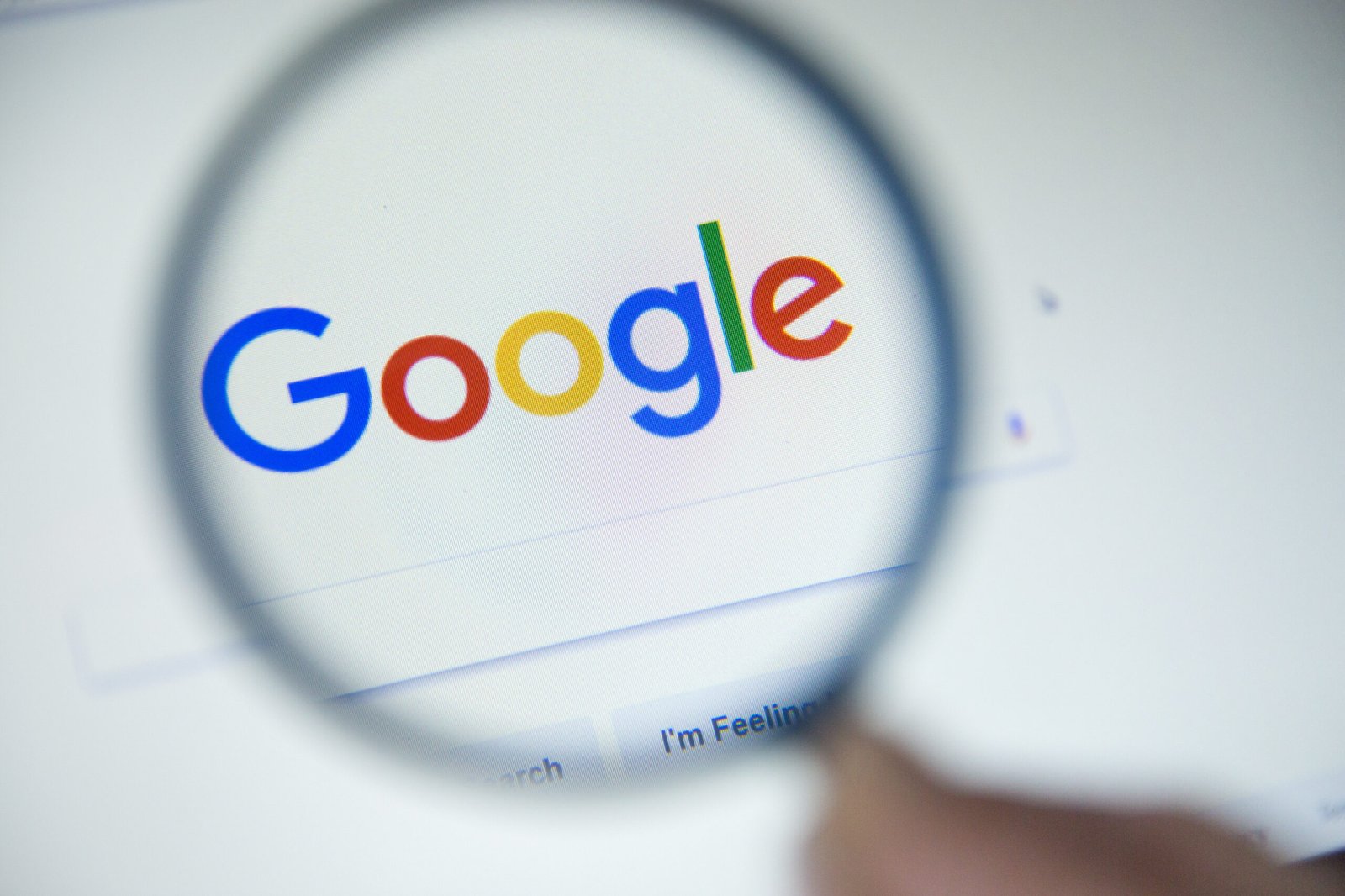Although they literally own the internet, Google produces some of the most difficult digital products available on the market. Take, for example, Google My Business, AKA GMB. If you only own one business and it has a physical storefront, you may not realize how crazy the whole thing is. But if you manage more than one business, say because you’re a digital marketing manager, you enter a brave new world. In fact the whole quagmire that is GMB is an issue for me because one of the things we do at Mountain Marketing Group is set up and manage social media accounts for our clients, including GMB. So I have to face the issue numerous times each day.
The rest of the social media platforms we manage are relatively easy to locate and manage:

Makes Sense. Right?
But if you look for Google My Business at Google.com, you will find an effective search engine, but not an easy place to list your business location, let alone an account from which to share items of interest. So why can’t I just go to GMB.com and sign up a client account?
Why does Google make everything so blasted difficult?
The answer is, of course, very simple. Google owns basically everything on the internet. For instance, YouTube. The second most often used search engine after Google is YouTube. Bing and Go Duck Go don’t even merit a nod.
You may, in fact, be surprised to learn everything that Google owns. The browser I use to surf is a Google product…Chrome. The most used search engine, by far, is Google’s. The second most used search engine after Google is YouTube…also owned by Google. In fact, if you’re interested, here is the link to all of the Google-owned Internet properties.
It’s Good to Be King
As kings, Google doesn’t have to play by the rules.
When all is said and done, I can’t really complain about how much Alphabet (the parent company that owns Google) has control over because everything Google powers works. That’s why everyone in tech is constantly chasing the media giant. Google is to the Internet what Apple is to devices. And I’m not just saying that in a desperate hope to bump up the SEO on my own website.
Like millions of others, my first venture in cyberspace was with an account on AOL and Internet Explorer as a browser–long before I even knew what a browser was. And if everything had worked perfectly with those platforms, I doubt I ever would have migrated to Gmail and Chrome. But necessity is the mother of invention.
When I looked for solutions to America Online and Internet Explorer problems, I discovered Google’s more elegant solutions. Of course, AOL is busy reminding folks that they were with us in the beginning. And IE (Microsoft Edge) is desperately trying to re-brand itself to regain ground. But why struggle with buggy software and programs when Google is as easy as clicking a button? That is, when it comes to email service and search engine indexing.
Sorry for the diatribe. The reason I wrote this post is to explain the reasons you need Google My Business and Google Places accounts. Let me assure you that whatever hurdles you face when you attempt to verify your business on GMB, your efforts will be rewarded.
Why you need GMB and Google Places (Maps) Accounts
For all of the above reasons and more, Google matters. So don’t make the costly mistake of writing off their products. Although few people understand the distinction of search results returned when they randomly use Google to search the Internet, there are several different categories.
- The top and right margins are reserved for Ad Words…otherwise known as Pay Per Click. When you click on sponsored results, the advertiser pays Google as little as pennies to hundreds of dollars per click, depending on the competition for the particular search term.
- The next listing is Google Places. This is a directory listing of physical locations and associated URLs. If you can somehow overcome the inconvenience of answering a verification call or returning the Google Places postcard they mail to you at your physical location, your efforts will be rewarded by a star and website link on all-important Google Maps. But to maximize your SEO via Google, circa 2021, you need to post fresh keyword-content on GMB. More on that later.
- The final category of search result listings are organic, natural results. No one is paying for them. So this is where social media strategy is critical. The only way to show up in organic (unpaid) local results is to produce lots of valuable content on a regular basis relative to your keywords. One of the easiest avenues for posting this type of content is by using GMB. After all, since Google owns it, they know right where to find it so they can direct traffic to it.
How to Set up GMB and Google Places
The following is a simple tutorial which explains how to set up both of these vital Google accounts. Each is important for any small business owner who wants to compete in 2021.
GMB
- To find your business, type “Google My Business + (Your Business Name) in a Google Search Bar.
- Once you’re on the GMB page, you will see a note from Google, asking if you own the business. (If you have already verified your business, you won’t see this prompt. But if you’ve already done that, why would you bother reading this?)
- Click “I own this business.”
- Next, Google will prompt you to “verify” your business. Click this option, since, without it, you might as well not exist.
- Google will then either offer the option of sending a postcard to your physical location, which must match the address you are trying to verify, or they may offer a secondary option, which is an immediate phone call. Don’t ask me why some businesses are offered this option while others are not. It’s a Google quirk.
- Next, when you receive the automated call, ANSWER IT. Then, type in the code the robot provides.
- If you were only given the postcard option, wait 3-5 days for snail mail to deliver a nondescript white postcard, which belies the importance of the Google communication. Enter the code on the card into the space on your Google My Business backend page. (I hope you can find your way back. Repeat Step #1 to get there.)
- Then, Google will tell you that your business has been verified. Open a bottle of champagne when this occurs, since it’s an amazing fete. Just ask several of my clients who have struggled at this step.
- Finally, flesh out the listing by adding photos and descriptions and hours of operation. The more info you add, the better. Robots don’t understand photos. But they dig words. So, the more words you provide, the better positioned your website and Google Places’ listing will be to be indexed by Google.
- The last step will be to start posting content. Just click “Post” and make sure you write a title, add low resolution images that are keyword-tagged. And, finally, click on the “Learn more” tab, since GMB listings only allow for 5,000 characters, you probably won’t be able to include an entire post. And the whole goal is to direct Internet traffic to your website, anyway. So, add a link to the place on your website that the post, in full, lives.
Simple? Right. Yeah, Sure!
Google Places
This account will rank your business near the top of search results with a pin next to your physical location.
- Enter “Google My Business” into your search engine.
- Complete the profile.
- Be ready to answer an automated call to verify your business location or wait for a postcard to be sent within one to two weeks.
Does this sound complicated? It is. But don’t worry. We are here to help!
~Kathy Bowling, Mountain Marketing Group
About Mountain Marketing Group
Kathy Bowling is CEO of Mountain Marketing Group, a boutique social media and website development agency based in Fontana, California, and serving the San Gabriel Valley, Inland Empire and greater LA basin. We develop and manage responsive websites and strategic social media campaigns designed to secure lead generation and sales conversion. At Mountain Marketing Group, we help our clients reach new heights. To find out why your website isn’t on the map, give us a call (909) 336-3333 or book an appointment today.










